The Future of Fiber Optic Splice Closures: Exploring the 24 Core Configuration
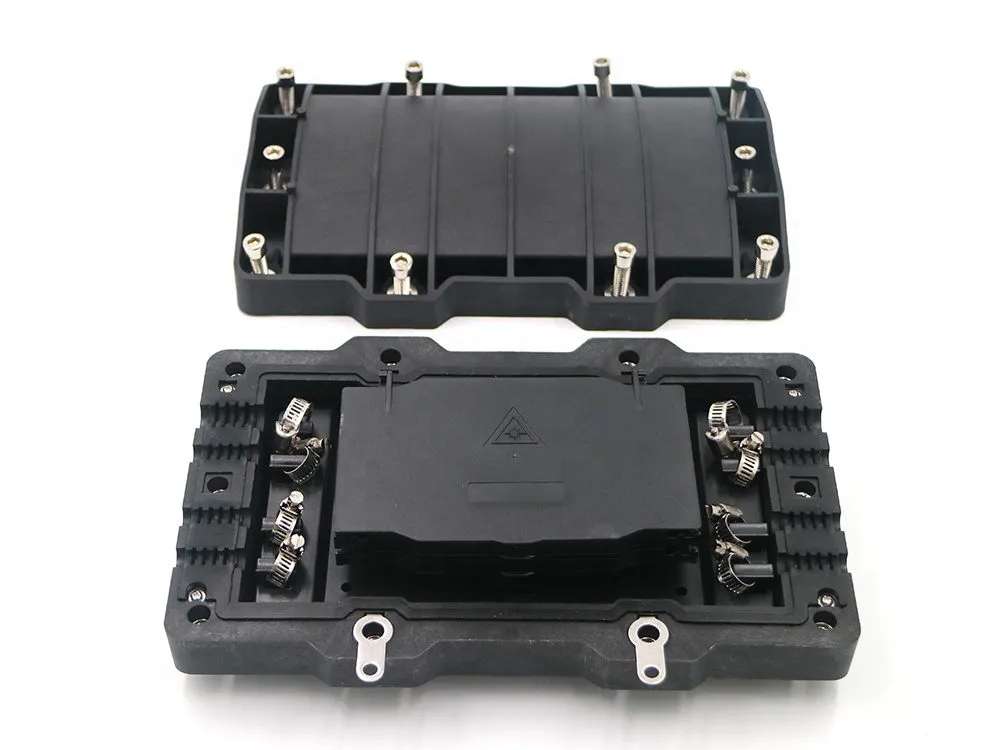
The Significance of Fiber Optic Splice Closures
Fiber optic splice closures are essential components in modern telecommunications networks. These closures provide a protective enclosure for spliced fiber optic cables, ensuring their integrity and reliability. The 24 core configuration represents a significant advancement in splice closure technology, offering increased capacity and flexibility for fiber optic networks. This blog explores the benefits and applications of the 24 core fiber optic splice closure, highlighting its importance in meeting the growing demands of high-bandwidth applications. By understanding the significance of these closures, network engineers and telecommunications professionals can make informed decisions when it comes to selecting the right splice closure for their projects.
Understanding the 24 Core Fiber Optic Splice Closure
What is a 24 Core Fiber Optic Splice Closure?
A 24 core fiber optic splice closure is a specialized enclosure designed to house and protect spliced fiber optic cables. It is equipped with the capacity to accommodate up to 24 individual fiber strands, allowing for efficient and organized cable management. The 24 core configuration offers significant advantages in terms of capacity and scalability, making it an ideal choice for high-bandwidth applications.
The significance of the 24 core configuration lies in its ability to handle larger volumes of data transmission. With a higher core capacity, this type of splice closure can support the growing demand for faster and more reliable telecommunications networks. It allows for increased flexibility in network design and expansion, providing network engineers with greater options when planning their infrastructure.
Design Considerations for 24 Core Splice Closures
When selecting a 24 core splice closure, there are several important factors to consider. Firstly, compatibility with different types of fiber optic cables is crucial. The splice closure should be designed to accommodate various cable sizes and types, ensuring seamless integration into existing network infrastructure.
Additionally, protection against environmental factors is essential for maintaining optimal performance and longevity. A high-quality 24 core splice closure should offer robust resistance against moisture, dust, temperature fluctuations, and other potential contaminants. This ensures that the enclosed fibers remain secure and well-protected even in challenging environments.
Durability is another critical consideration when choosing a 24 core splice closure. The enclosure should be constructed using durable materials that can withstand harsh conditions over an extended period. This guarantees the reliability and stability of the spliced connections within the closure.
By carefully evaluating these design considerations, network engineers can select a suitable 24 core splice closure that meets their specific requirements while ensuring seamless connectivity and optimal performance.
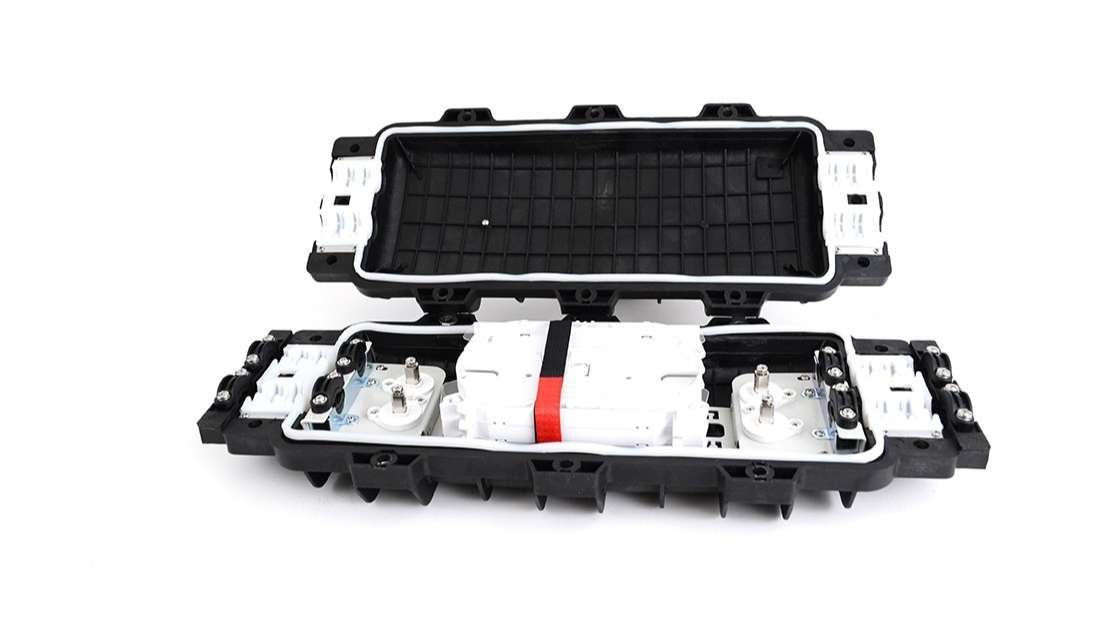
Ensuring Seamless Performance: Installation, Maintenance, and Durability
Installation Process of a 24 Core Splice Closure
Installing a 24 core splice closure requires careful attention to detail to ensure optimal performance and reliability. Here is a step-by-step guide for installing a 24 core splice closure:
Begin by selecting an appropriate location for the splice closure, considering factors such as accessibility and protection from environmental elements.
Prepare the fiber optic cables by stripping the protective coating and cleaning the fibers to ensure clean and secure connections.
Place the spliced fibers into the designated slots within the splice closure, taking care to organize them properly.
Secure the fibers using mechanical splices or fusion splicing techniques, ensuring precise alignment for efficient signal transmission.
Close and seal the splice closure, making sure it is tightly secured to prevent moisture or dust ingress.
To ensure proper fiber optic cable splicing, it is essential to follow industry best practices. This includes using appropriate tools and equipment, adhering to recommended fiber handling procedures, and conducting thorough testing after installation.
Cable management and organization are also crucial considerations during installation. Properly routing and organizing cables within the splice closure not only improves aesthetics but also facilitates easier maintenance and troubleshooting in the future.
Maintenance and Durability of 24 Core Splice Closures
Regular maintenance procedures are necessary to optimize the performance of 24 core splice closures. This includes periodic inspections to check for any signs of damage or degradation that may affect signal quality. Cleaning connectors, inspecting seals, and verifying cable integrity are all part of routine maintenance tasks.
Ensuring protection against moisture, dust, and other contaminants is vital for maintaining long-term durability. Regularly inspecting seals and gaskets for any signs of wear or damage can help prevent water ingress that could compromise fiber connections.
The longevity and reliability of 24 core splice closures depend on their design quality and construction materials. High-quality enclosures made from durable materials offer better resistance against environmental factors such as temperature fluctuations or UV exposure.
By following proper installation procedures, conducting regular maintenance checks, and prioritizing durability in selection, network engineers can ensure seamless performance from their 24 core splice closures throughout their lifespan.
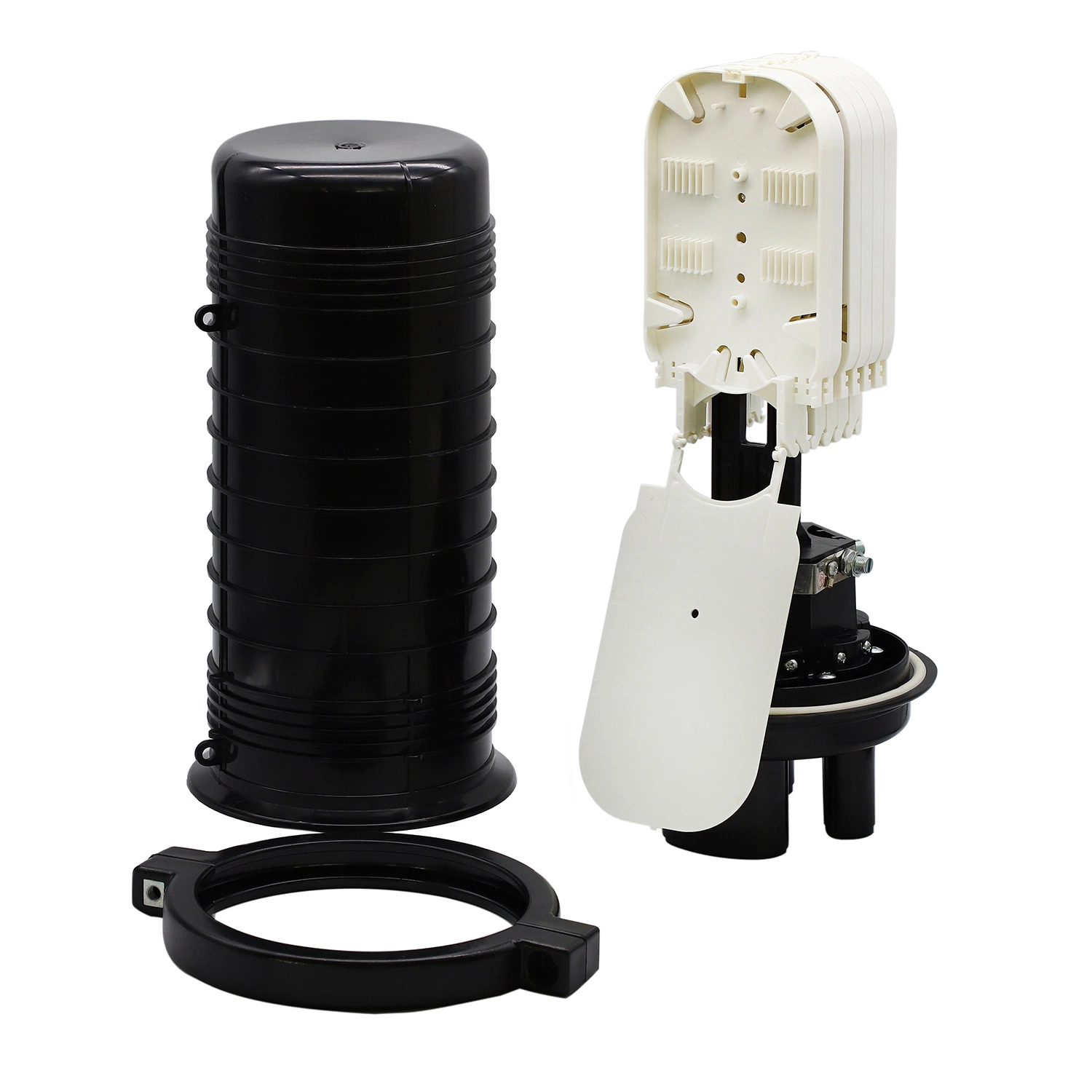
Unleashing the Potential: Advantages of the 24 Core Splice Closure
Benefits of the 24 Core Configuration
The 24 core splice closure offers several key advantages that make it a preferred choice for fiber optic networks:
Increased capacity and flexibility: With its ability to accommodate up to 24 individual fiber strands, the 24 core splice closure provides higher capacity for data transmission. This increased capacity allows for greater flexibility in network design and expansion, enabling telecommunications providers to meet the growing demands of high-bandwidth applications.
Reduced installation and maintenance costs: The higher core capacity of the 24 core splice closure means fewer closures are required to achieve the same level of connectivity. This reduces installation costs by minimizing the number of enclosures needed. Additionally, with fewer closures to maintain, ongoing maintenance costs are also reduced.
Improved scalability and future-proofing: The 24 core configuration future-proofs fiber optic networks by providing ample room for growth. As bandwidth requirements continue to increase, having a higher core capacity ensures that the network can easily scale without requiring major infrastructure changes. This scalability allows for seamless upgrades and expansions as technology advances.
Comparison with Lower Core Configurations
Compared to lower core configurations, such as 12 or 16 cores, the 24 core splice closure offers distinct advantages:
Enhanced performance and reliability: The increased number of cores in a 24 core splice closure allows for better distribution and organization of fibers. This results in improved signal quality and reduced signal loss, leading to enhanced overall performance and reliability of the network.
Meeting high-bandwidth demands: High-bandwidth applications, such as video streaming, cloud computing, and IoT devices, require robust connectivity. The 24 core splice closure meets these demands by providing sufficient capacity to handle large volumes of data transmission without compromising speed or quality.
By leveraging the benefits offered by the 24 core splice closure over lower core options, network engineers can ensure efficient and reliable fiber optic connectivity that meets both current needs and future growth requirements.
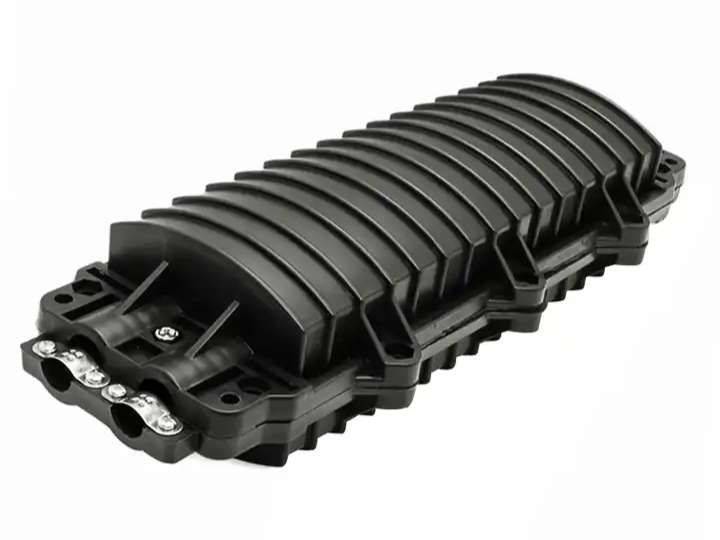
Applications and the Future of Fiber Optic Splice Closures
Industries and Applications Benefiting from 24 Core Splice Closures
The 24 core splice closure finds applications in various industries and sectors that rely on robust fiber optic connectivity:
Telecommunications industry and network infrastructure: The telecommunications industry heavily relies on fiber optic networks for high-speed data transmission. The 24 core splice closure provides the necessary capacity to handle the increasing demands of voice, video, and data communication.
Data centers and cloud computing: Data centers require efficient and reliable fiber optic connectivity to support the massive amounts of data processed and stored. The 24 core splice closure enables seamless connectivity within data centers, ensuring fast and secure data transfer for cloud computing services.
Smart cities and Internet of Things (IoT) applications: As cities become smarter with IoT devices, there is a growing need for reliable fiber optic infrastructure. The 24 core splice closure facilitates the deployment of IoT sensors, enabling real-time monitoring, smart traffic management, environmental sensing, and other innovative applications.
Future Trends and Advancements in Fiber Optic Splice Closures
The future of fiber optic splice closures holds exciting possibilities driven by emerging technologies:
Emerging technologies and their impact on splice closure design: Advancements such as 5G networks, edge computing, artificial intelligence (AI), and virtual reality (VR) are driving the need for faster and more efficient fiber optic connectivity. Splice closures will continue to evolve to meet these demands by incorporating features like higher core capacities, improved sealing mechanisms, enhanced cable management options, and compatibility with new cable types.
Increasing demand for higher core configurations: As bandwidth requirements continue to grow exponentially, there will be an increasing demand for higher core configurations in splice closures. This trend is driven by the need to support high-bandwidth applications such as streaming services, online gaming, video conferencing, and IoT devices.
Innovations in fiber optic connectivity and network expansion: Ongoing research focuses on developing innovative solutions to improve fiber optic connectivity. This includes advancements in fusion splicing techniques, compact enclosure designs for space-constrained environments, improved protection against environmental factors, and more efficient cable management systems.
As technology continues to advance at a rapid pace, fiber optic splice closures will play a crucial role in enabling seamless connectivity across industries while adapting to evolving needs.
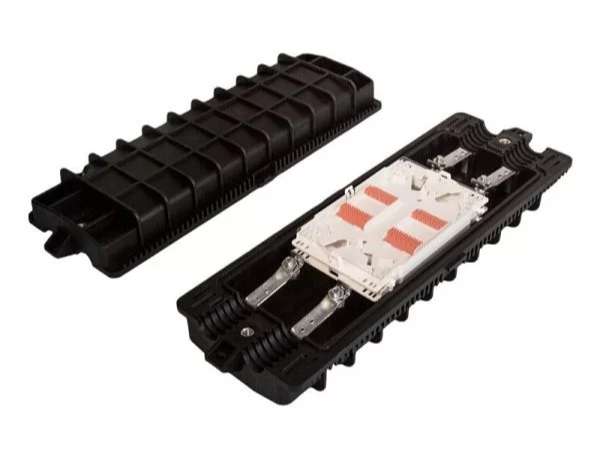
Embracing the Future: The Impact of Fiber Optic Splice Closures
The 24 core configuration has revolutionized the world of fiber optic splice closures, offering improved performance, scalability, and cost-effectiveness. With its increased capacity and flexibility, the 24 core splice closure meets the growing demands of high-bandwidth applications in industries such as telecommunications, data centers, and smart cities. As emerging technologies continue to shape our digital landscape, fiber optic splice closures play a vital role in enabling seamless connectivity and supporting the future of telecommunications. By embracing these advancements, network engineers can ensure efficient and reliable fiber optic networks that meet both current needs and future growth requirements.
See Also
Exploring the Different Types of Fiber Optic Splice Closures in 2024
The Future of Fiber Preconnection Solutions: Exploring MTP-LC Duplex 12cores Trunk Cable Patchcord
Exploring the Applications of LC SC Duplex Fiber Optic Adapters
Understanding Different Types of Fiber Optic Adapters: A Comprehensive Guide
About US
Follow Us
AnetFiber company's main products are indoor and outdoor optical fiber cables, outdoor waterproof pre-connected fiber-to-the-home products, PLC optical fiber splitters, optical fiber jumpers and pigtails, MTP®/MPO high-density big data product solutions, optical fiber field quick connectors and research and development molding, injection molding and production of optical fiber distribution boxes, optical fiber chassis cabinets, the market has expanded to the world, Europe, America, Asia, the Middle East and Latin America.
Address
Shenzhen City, Baoan District, Yanluo Street, Tangxiayong Community, Yangyong Industrial Road, Tonggangda New Energy Vehicle Park 406
Contacts
+86 199 2655 3586

